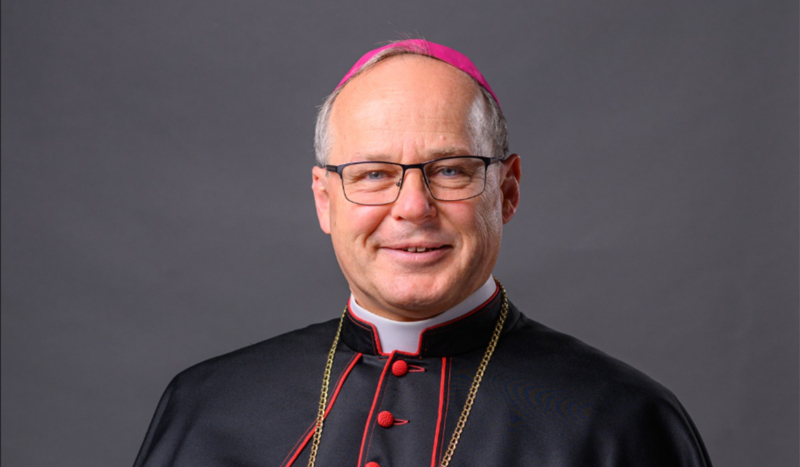
Diocese of Erie / Facebook
CV NEWS FEED // The Diocese of Steubenville faces significant financial challenges due to population decline and may have to merge with a neighboring diocese, Steubenville’s current apostolic administrator said in a March 11 press conference.
Pope Francis appointed Bishop Edward Lohse, the current bishop of Kalamazoo, as apostolic administrator of Steubenville in June 2024, according to the Weirton Daily Times. The Pope tasked him with discerning whether or not the diocese should merge with a neighboring diocese.
The Daily Times reports that Bishop Lohse stated in the press conference that his report, released Feb. 7, does not make a final decision, but the contents of the report will contribute to that decision.
While the faith in the diocese is strong, Bishop Lohse said, population decrease in the area, especially among Catholics, poses a significant challenge to the diocese’s future.
“Given that there are presently only around 29,000 Catholics in the diocese and that, in recent decades, the Catholic population has been decreasing at a rate more than three times that of the general population, these figures suggest a very problematic road ahead,” the bishop’s report states.
The population has continually decreased despite the presence of Franciscan University, he stated, which draws many young Catholics to the area.
During the press conference, the bishop stated that the decreases, along with decreases in the donor base, could lead to deficit spending and financial instability if nothing is done about it.
“The consulters and I believe that the diocese is viable at present, but the future is far less certain,” he stated.
The diocese was founded in 1944 as a missionary diocese, which indicates it has struggled financially since its founding, according to Bishop Lohse.
He stated that financial mismanagement in 2018 and the COVID-19 pandemic in 2020 both further contributed to financial struggles.
He also raised concerns over the now-defunct Holy Name Cathedral, stating that it has few options besides demolition.
Even if the diocese’s budget is balanced, it would still only be able to provide basic services, Bishop Lohse said. Maintaining its current status as a separate entity would require a “more robust budget to support pastoral growth and vitality. This would require additional funding that the diocese does not currently have.”
The bishop stated that the diocese is left facing two questions: in order to best provide for the needs of the faithful, is it better for the diocese to merge or remain free-standing? If there is no long-term viability, should the diocese merge now or merge after it is no longer viable?
While canon law gives no defined timeline for discerning diocesan mergers, Bishop Lohse stated that he received a timeline for the process. The report will likely go before the Ohio bishops for recommendations, according to the Daily Times, and if they recommend going forward with the merger, the United States Conference of Catholic Bishops (USCCB) would review the decision.
Steubenville’s previous apostolic administrator, Bishop Paul Bradley, had a more optimistic outlook on viability and stated in January 2023 that he thought the diocese would be able to continue on its own.
Bishop Lohse declined to comment on Bishop Bradley’s remarks; however, he stated that he respects the bishop, and that when he spoke to him they were “on the same page.”
Bishop Lohse encouraged the faithful to hold fast to the sacraments, especially the Eucharist, during these times.
“As for the future of the diocese, we will follow wherever the Lord leads, not because it’s easy — which it isn’t — but because it is right,” Bishop Lohse said. “Wherever he leads, we will travel that path together, strengthened by a hope that does not disappoint.”

